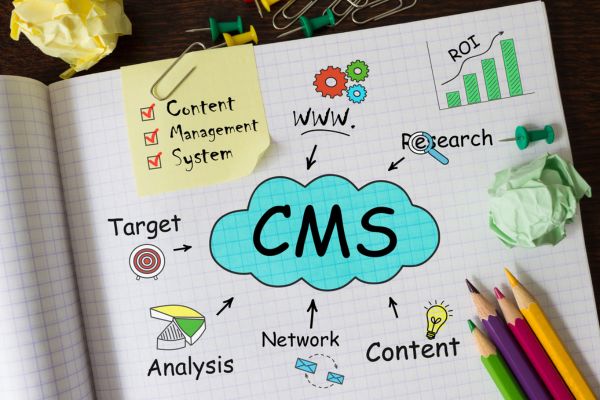Dynamic markets create opportunity
Markets create energy because they are dynamic. They are constantly evolving in response to changes in the economic, political and technological environments. Understanding what causes a market to evolve helps you predict where opportunities will emerge; how fast they will develop, and when and whether mass adoption will occur. If you can capture this energy, you can use it to drive the sales process.
Dynamic systems create energy. If left unchecked, any systemic change tends to grow. A snowball rolling downhill gets bigger. Growth creates momentum. As the snowball grows bigger, it goes faster. Momentum creates energy. The faster the snowball rolls; the bigger it gets; the harder it hits the tree. Energy drives change. (Source The Fifth Discipline)
You can use the energy sources created by an evolving market to motivate prospects to buy your solution. Persuading people to try out a new technology is an uphill battle. You have to invest a lot of your precious energy – sales resources, capital, technical expertise, etc. – into convincing prospects they can benefit from using your technology to support their business. However, if you understand what is driving market change- an increasingly mobile workforce, higher need for personal security, faster access to global markets – then you use the energy created by the market to motivate prospects to buy. Thus, you need to invest less of your own resources and you can sell more productively and efficiently.
Technology markets create abundance.
There are two laws that explain why technology-enabled markets generate extraordinary amounts of energy.
1. Moore’s Law predicts that technology is going to improve in the future and cost less.
2 Metcalf’s Law states that technologies become more useful as more people use them.
The combination of these two laws creates an economy of abundance that is unique to technology markets. As Moore’s Law predicts an endless supply of ever-increasing resources and Metcalf’s Law promises that innovations will be quickly adopted, the nature of the economy changes.
Gordon Moore, the founder of Intel, said, “Every 18 months processing power doubles while the cost holds constant.” The implications of Moore’s Law are that every 18 months technology is going to cost half as much and be twice as powerful. Moore’s Law has held true for over 30 years. Previous economies were based on the laws of scarcity, where you have a limited amount of resources and value is based on how scarce they are – gold, oil, land, etc. The more you use up the resources the less energy you have.
A technology-based economy is based on the laws of abundance. According to Moore’s law, there will always be cheaper resources tomorrow. This ever-increasing pool of resources enables customers to implement new business strategies. If it isn’t possible today, it will be possible tomorrow. Improved technology is constantly fueling the market, creating energy.
Furthermore, thanks to this simple formula technological obsolescence is only a few months away. Customers can never afford to sit still for fear that a competitor will be able to leapfrog ahead of them if they adopt the next generation of technology faster. This anxiety is another powerful source of energy that you can use to drive your sales.
Metcalf’s Law also has a powerful effect on developing markets. Robert Metcalf, the founder of 3Com, said “New technologies are valuable only if many people use them… the utility of a network equates the square of the number of users. ” This means that the more people use a technology, the more useful it becomes. If there was only one fax machine in the world, it wouldn’t be useful. With two fax machines you can send mail back and forth faster and cheaper than if you send it through the post office. With 2,000,000 fax machines, you never have to wait in line at the post office again.
According to Metcalf a technology’s usefulness equals the number of users squared. If two people use a fax it is four times easier than using the postal system. If 20 people use the fax machine, it is 400 times easier. This creates a geometric increase in the technology’s utility, which is just another way of saying why customers would want to buy it. So if 2 people want to buy a fax machine today; 4 people will want to buy it tomorrow; 16 people will want to buy it the day after tomorrow; 256 people will want to buy it next week, and 2,147,483,648 will want to buy it by the end of the month. That is a lot of potential customers lining up to buy your product, which is what market energy is all about.
Abundance creates demand for your technology. Since technology markets create abundance they are not subject to the constraints of scarcity. They have unlimited growth potential and consequently unlimited potential to create wealth.
Janice Lawrence has advised leading edge technology companies for the past two decades on how to sell innovative technology. Follow her Sell Results Blog [http://blog.sellresults.com/] and supercharge your technology sales success.
Learn more about how to gather and use the information you need to sell technology successfully by reading SELL RESULTS What Every Technology Salesperson Needs to Know.


